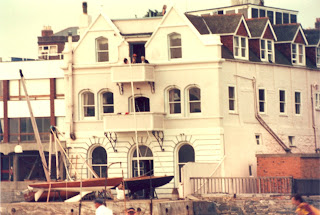
Buckminster Fuller might easily be labeled the guru of the “woodstock generation”. perhaps best known generally for his geodesic dome. He was a global thinker,he was green long before it was fashionable. He completed few projects, was not really an architect, yet he made an enduring impression. The Whitney Museum just finished an exhibit dedicated to “Bucky” and his ideas. I confess he intrigued me as well. I saw him speak a number of times while in school.
Category: intercolleigate sailing
E scow
 The E scow is still my favorite monohull. I haven’t sailed one in years. They were still wood. Modern materials have made these boats even more dynamic. If the materials available today had been available 100 years ago the yacht designers and builders would have been on cloud 9. They had the ideas, the means of expression was limited.
The E scow is still my favorite monohull. I haven’t sailed one in years. They were still wood. Modern materials have made these boats even more dynamic. If the materials available today had been available 100 years ago the yacht designers and builders would have been on cloud 9. They had the ideas, the means of expression was limited.
Sail Testing
 I don’t remember exactly when but somewhere during my sophomore and junior years at URI I responded to a posting on the bulletin board at the student union. This led me to Mr. Lynch, who became a lifelong friend. It was a request for someone to do sail testing. Mr Lynch had a friend named Domina Jalbert. He had invented the re-entry parachutes for the space capsules for NASA. A man from Pawtucket, RI, who loved flying kites. He had an idea for sails and needed some practical testing and feedback.
I don’t remember exactly when but somewhere during my sophomore and junior years at URI I responded to a posting on the bulletin board at the student union. This led me to Mr. Lynch, who became a lifelong friend. It was a request for someone to do sail testing. Mr Lynch had a friend named Domina Jalbert. He had invented the re-entry parachutes for the space capsules for NASA. A man from Pawtucket, RI, who loved flying kites. He had an idea for sails and needed some practical testing and feedback.
The Hermit of Narrow River
 When I started school at URI in 1966 the only road to get there was a small winding road. I would pass a falling down house situated on a charming spot. One day I found the courage to knock on the door; thats how I met Bill Lacy, the hermit of Narrow River. He wasn’t really a hermit; he just couldn’t get around very well as he had no car and there certainly was no bus passing by.
When I started school at URI in 1966 the only road to get there was a small winding road. I would pass a falling down house situated on a charming spot. One day I found the courage to knock on the door; thats how I met Bill Lacy, the hermit of Narrow River. He wasn’t really a hermit; he just couldn’t get around very well as he had no car and there certainly was no bus passing by.
more 1970
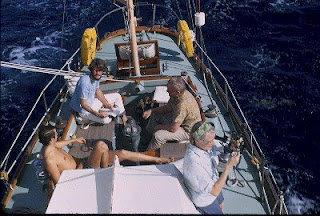

 In 1970 I sailed the intercollegiate championships in Madison, WI. In those days the team race championships were divided by district. We beat the West coast for the first time in many years; however in the individual championships they dominated.
In 1970 I sailed the intercollegiate championships in Madison, WI. In those days the team race championships were divided by district. We beat the West coast for the first time in many years; however in the individual championships they dominated.

Tornado
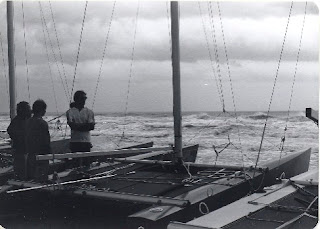
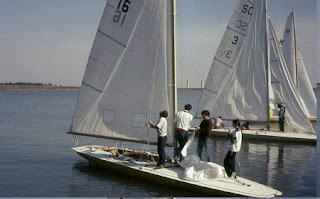 In 1977-1978 I teamed up with my college sailing friend Henry Bossett, to campaign a Tornado for the Olympics. I had sailed not only in college with Henry , but E Scows as well, still my favorite monohull.
In 1977-1978 I teamed up with my college sailing friend Henry Bossett, to campaign a Tornado for the Olympics. I had sailed not only in college with Henry , but E Scows as well, still my favorite monohull.
windsurfing
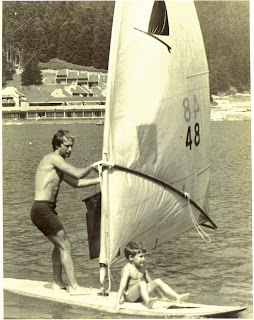

 I had the first windsurfer on the East coast(sail #48) and won the first New England Championships, which qualified me for the world championship held on Mission Bay, San Diego,CA.(November 1972) I finished sixth, six points out of first, tight racing. As a consequence, I became friendly with Hoyle and Diane Schewitzer;having many wonderful adventures with them. Hoyle has been credited with inventing the sport and the board.
I had the first windsurfer on the East coast(sail #48) and won the first New England Championships, which qualified me for the world championship held on Mission Bay, San Diego,CA.(November 1972) I finished sixth, six points out of first, tight racing. As a consequence, I became friendly with Hoyle and Diane Schewitzer;having many wonderful adventures with them. Hoyle has been credited with inventing the sport and the board.
Lirakis safety Harness
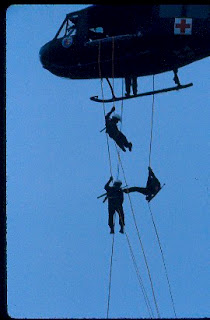

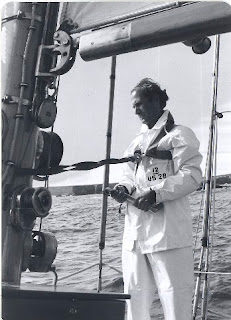
 The 1972 Bermuda race convinced me there was a better design for a safety harness, I am an inveterate tinkerer, always trying to improve on something. Simplicity is the key. Over the next few years I worked in my spare time on developing and refining my ideas. The first harness was sold in 1978. Shortly thereafter I left my job and started producing them full time, I continued to sail until finally the company grew to the point where I was forced to choose.
The 1972 Bermuda race convinced me there was a better design for a safety harness, I am an inveterate tinkerer, always trying to improve on something. Simplicity is the key. Over the next few years I worked in my spare time on developing and refining my ideas. The first harness was sold in 1978. Shortly thereafter I left my job and started producing them full time, I continued to sail until finally the company grew to the point where I was forced to choose.
college years

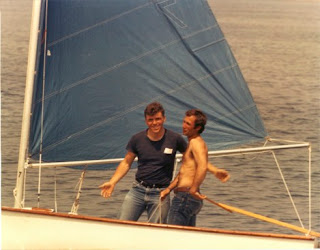

 the University of Rhode Island sailing team 1966-1970 another great memory remembering how good we once were. As you can see from the photos sailing attire had yet to evolve. the whole environment was a long way from where it is today, nonetheless I would not trade these memories for anything. we won almost everything there was to win. eventually being ranked number two in the nation. never quite making it to number one. most of those pictured are still involved in sailing in some capacity,making contributions to the sport.
the University of Rhode Island sailing team 1966-1970 another great memory remembering how good we once were. As you can see from the photos sailing attire had yet to evolve. the whole environment was a long way from where it is today, nonetheless I would not trade these memories for anything. we won almost everything there was to win. eventually being ranked number two in the nation. never quite making it to number one. most of those pictured are still involved in sailing in some capacity,making contributions to the sport.



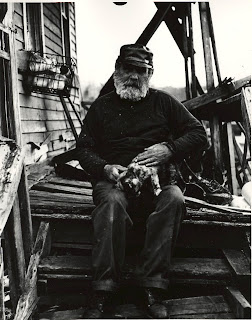


.jpg)
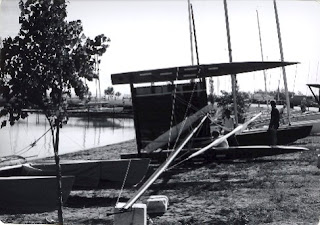

.jpg)